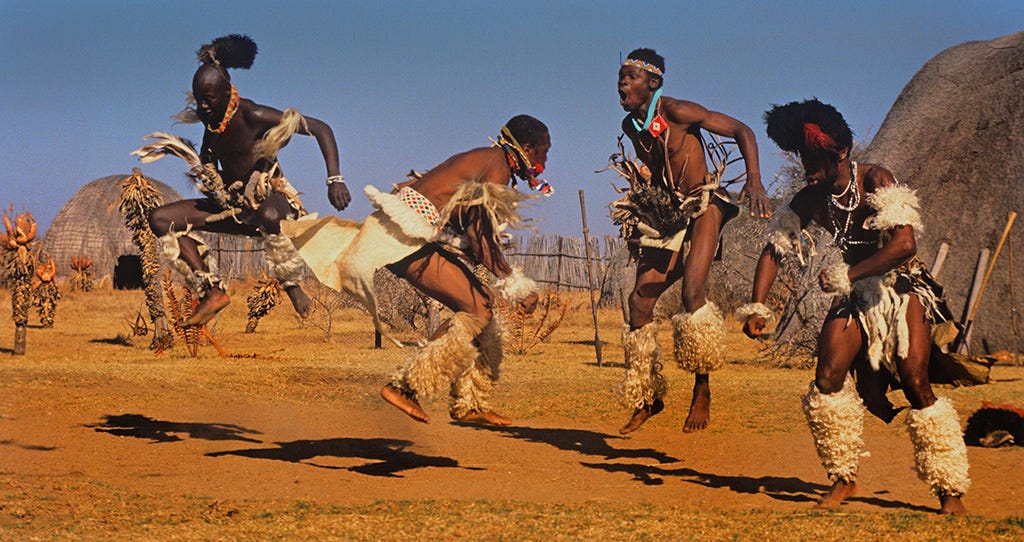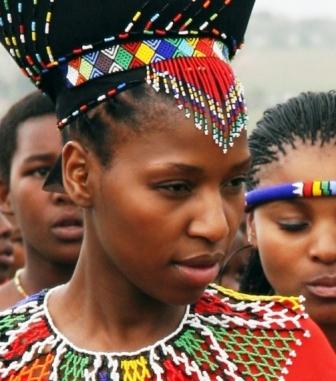Top Guidelines Of South African Culture Today
The Greatest Guide To South African Culture Today
Table of Contents6 Easy Facts About South African Culture Today ExplainedWhat Does South African Culture Today Do?The smart Trick of South African Culture Today That Nobody is Talking AboutRumored Buzz on South African Culture TodayIndicators on South African Culture Today You Need To KnowSouth African Culture Today Fundamentals Explained
This follows with vocal singing and drum pounding. The groom and bride after that fulfill with the senior citizens and discuss the importance of their union. A matter of significance in Zambian villages is the diing of enjoyed ones. All participants of the town put money, effort and time with each other for the funeral of the deceased.Songs and dance is a really essential aspect of the Zambian society. The various tribal devices have their very own dance forms; however, makishi is usual amongst all people.
Indicators on South African Culture Today You Need To Know
When it comes to music, drums are used the most, with a range of drumming events. In Zambia, bulk of individuals are Christian; Protestant and Roman Catholic. There are tiny groups of Muslims and Hindus, with the rest adhering to local native tribal beliefs.

South African heritage and culture is exceptionally diverse, and contains various teams of individuals who each have their very own customs and ideas. Having such a diversity of people and societies is what makes South Africa so special. In the true feeling of the phrase, we are a rainbow nation.
South Africa has roughly 3 hundred thousand Portuguese people living in it. Making it the 7th on the checklist of nations with the most Portuguese individuals in it outside of Portugal. Portuguese is not just a culture, yet it is also a language and a nationality. Portuguese individuals stem from the country of Portugal in Europe, however, because of Portugal (like numerous other countries in Europe) exploring the globe and dominating various other nations throughout the 15th 20th centuries, South Africa has what we call Portuguese South African's living in it.
The Best Strategy To Use For South African Culture Today
Among the popular features of the topography is a plateau that covers almost two thirds of the facility of the nation. The plateau complex increases toward the southeast, where it climaxes in the Drakensberg array, part of a cliff that divides the plateau from the coastal areas. The Drakensburg consists of Sparkling wine Castle, the highest peak in the country.
The region north of the Witwatersrand, called the bushveld, slopes downward from east to west toward the Limpopo River, which forms the international border. The western section of the plateau, the middleveld, likewise comes down towards the west and varies in altitude in between the highveld and bushveld. In between the Drakensburg and the eastern and southerly shoreline, the land descends to the sea.
Nearer the coast there is a low-lying plain called the eastern lowveld. Southwest of the plateau the country comes to be considerably extra dry, giving way to the hostile desert of the Great Karroo, surrounded on the eastern by the reduced, better watered plateau of the Little Karroo. Separating the completely dry southern interior from the sandy littoral of the southern coast and West Cape is an additional array, the Langeberg.
South African Culture Today for Beginners
The nation's racially, ethnically, and politically separated history has actually created national and subnational icons that still work as icons of the country, and others icons that are accepted just by certain teams. The monuments to white settler occupation and political supremacy, such as the Afrikaner Voortrekker ("leader") Monument in Pretoria and the Rhodes Monolith honoring the British colonial realm contractor and Cape prime minister Cecil Rhodes, stay sectarian signs.
The initial modern-day residents were the San ("bushman") hunter-gatherers and the Khoi ("Hottentot") individuals, who rounded up animals (South African culture today). The San might have existed for hundreds of years and left evidence of their presence in countless ancient cavern paintings ("rock art"). Bantu-speaking clans that were the ancestors of the Nguni (today's amaZulu, amaXhosa, amaSwazi, and vaTsonga individuals) and Tswana-Sotho language teams (today's Batswana and Southern and Northern Basotho) migrated below east Africa as early this content as the fifteenth century

The 2 previous republics of the Orange Free State and Transvaal (South African Republic) were developed by Afrikaner settlers who beat and dispossessed the Basotho and Batswana. Lesotho would certainly have been by force integrated right into the Orange Free State without the expansion of British defense in 1869. The utmost marriage of the country resulted from the South African Battle (18991902) in between the British and both Afrikaner republics, which minimized the country to mess up at the beginning of the twentieth century.
Afrikaners traditionally considered themselves the only true South Africans and, while granting full citizenship to all see post homeowners of European descent, rejected that status to people of shade up until the democratic transition of 1994. British South Africans retain a sense of social and social link to Great Britain without deteriorating their identity as South Africans.
South African Culture Today Fundamentals Explained
The diversity and fragmentation within ethnic groups and the equilibrium of stress between those groups throughout the twentieth century avoided interethnic civil dispute. While intergroup tensions over sources, entitlements, and political prominence stay, those conflicts are as likely to match Zulu against Zulu as Zulu versus Xhosa or African against Afrikaner.
From colonial India, British sellers and administrators brought the curved metal ornamental roofs and slim shoelace job pillars that still exemplify the outdoor patios of cottages arounds and cities throughout the country. Holy places add a crucial architectural element also in the smallest towns. Along with the rising steeples and traditional stonework of Afrikaans Dutch Reformed churches, Anglican churches, synagogues, mosques, and Full Report Hindu temples provide range to the spiritual architectural scene.

Slaughtering and the brewing of typical grain beer are crucial in safeguarding the engagement and a good reputation of the forefathers that are considered the guardians of good luck, prosperity, and wellness. Indian areas keep their native culinary practices and apply them on Islamic and Hindu ritual and ceremonial celebrations. Afrikaners and Coloured individuals gather at weekends and unique occasions at multifamily bbqs called braais, where area bonds are reinforced.
Since this was the main economic enterprise of both black Africans and white homesteaders, dispute between those groups focused on the belongings of grazing land and animals. In 1867, the largest diamond down payments in the globe were discovered at Kimberley in the west central location. The riches from those fields aided finance the exploitation of the greatest gold coral reef worldwide, which was discovered on the Witwatersrand in 1886.
The Facts About South African Culture Today Revealed
This resulted in misunderstandings and intentional misstatement in the dealings of white inhabitants and federal government authorities with African principals throughout the early american duration (South African culture today). In the establishment of African gets, some aspects of communal and primarily "tribal count on" land period were preserved, and even in white backwoods, kinds of communal period were still exercised in locations with African areas
After the democratic makeover of 1994, programs for land restitution, redistribution, and reform were instituted, however development has been sluggish. The white minority still regulates eighty percent of the land. In the wake of agricultural land invasions in Zimbabwe, the Division of Land Affairs has vowed to speed up land redistribution.